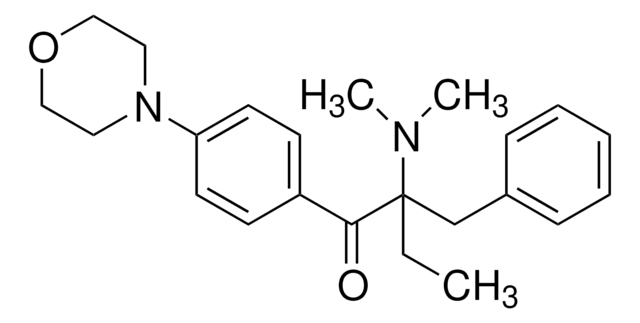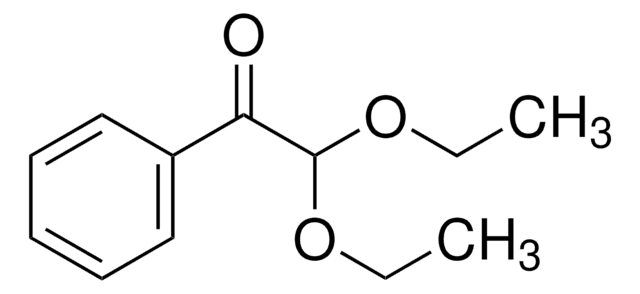410896
2-Hydroxy-4′-(2-hydroxyethoxy)-2-methylpropiophenone
98%
Sinonimo/i:
1-[4-(2-Hydroxyethoxy)phenyl]-2-hydroxy-2-methyl-1-propan-1-one, 2-Hydroxy-1-[4-(2-hydroxyethoxy)phenyl]-2-methyl-1-propanone, 2-Hydroxy-2-methyl-1-[4-(2-hydroxyethoxy)phenyl]propan-1-one, 4-(2-Hydroxyethoxy)phenyl 2-hydroxy-2-propyl ketone
About This Item
Prodotti consigliati
Livello qualitativo
Saggio
98%
Punto di fusione
88-90 °C (lit.)
Stringa SMILE
CC(C)(O)C(=O)c1ccc(OCCO)cc1
InChI
1S/C12H16O4/c1-12(2,15)11(14)9-3-5-10(6-4-9)16-8-7-13/h3-6,13,15H,7-8H2,1-2H3
GJKGAPPUXSSCFI-UHFFFAOYSA-N
Applicazioni
- Polyacrylamide-grafted chitosan nanoparticles by copolymerization of acrylamide and chitosan nanoparticles.
- Hydrophobic polyurethane sponge through thiol–ene Click reaction.
Indicazioni di pericolo
Consigli di prudenza
Classi di pericolo
Aquatic Chronic 2
Codice della classe di stoccaggio
11 - Combustible Solids
Classe di pericolosità dell'acqua (WGK)
WGK 1
Punto d’infiammabilità (°F)
not determined
Punto d’infiammabilità (°C)
not determined
Dispositivi di protezione individuale
Eyeshields, Gloves, type N95 (US)
Scegli una delle versioni più recenti:
Possiedi già questo prodotto?
I documenti relativi ai prodotti acquistati recentemente sono disponibili nell’Archivio dei documenti.
I clienti hanno visto anche
Il team dei nostri ricercatori vanta grande esperienza in tutte le aree della ricerca quali Life Science, scienza dei materiali, sintesi chimica, cromatografia, discipline analitiche, ecc..
Contatta l'Assistenza Tecnica.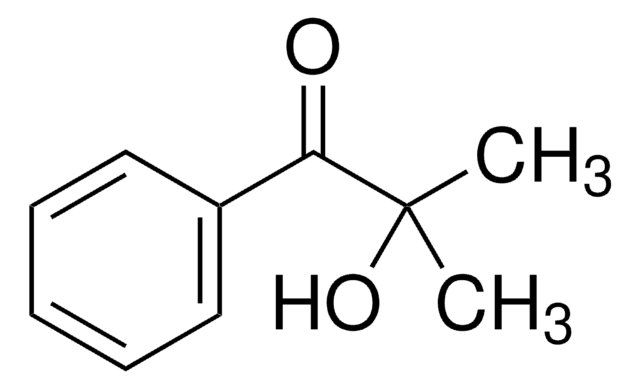
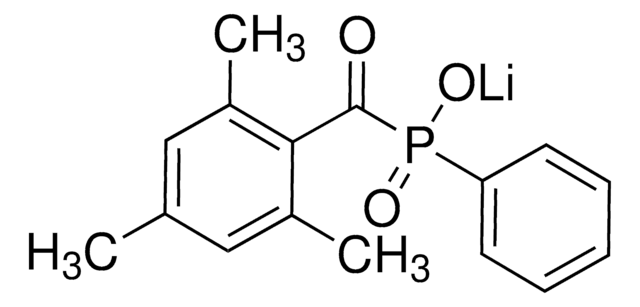

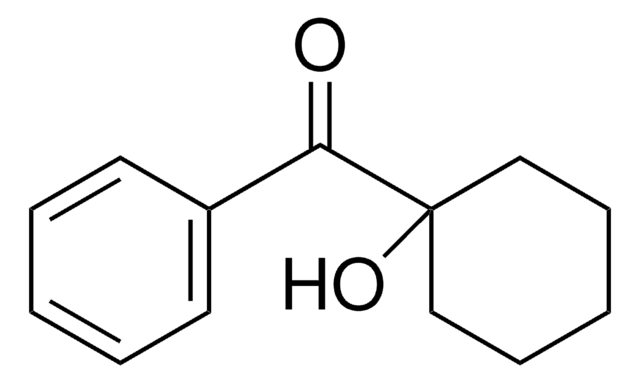


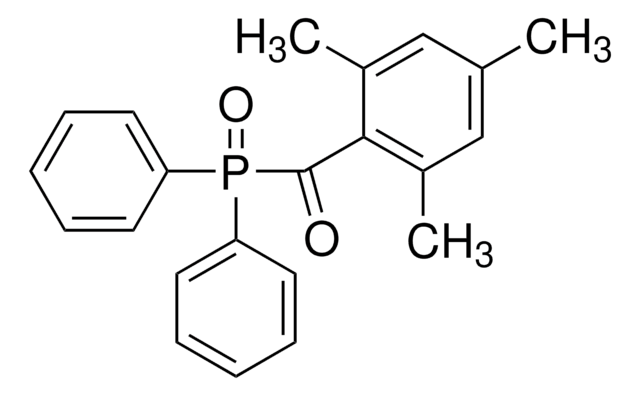
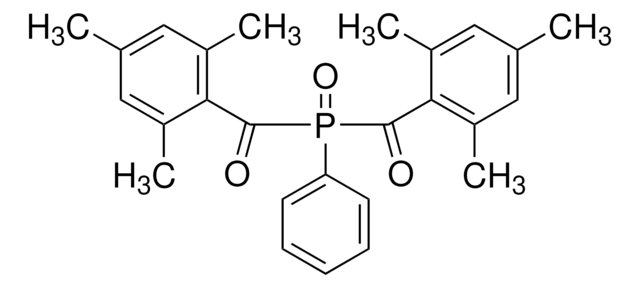

![2-[2-(2-Methoxyethoxy)ethoxy]acetic acid technical grade](/deepweb/assets/sigmaaldrich/product/structures/335/694/b58c539b-141f-4ab2-98d9-5f46c748490b/640/b58c539b-141f-4ab2-98d9-5f46c748490b.png)


